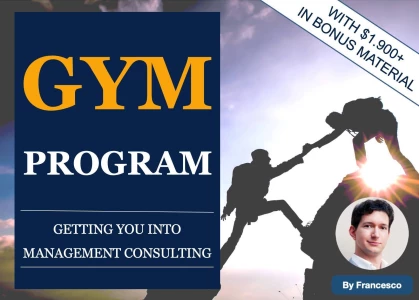Aside from reaching all the right insights, how should one go about communicating when an exhibit question comes up during a case?
I find that I start spelling out what I see literally and stumbling a bit on my way to finding the right insights, even though I usually get there in the end. I also have to stop in the middle of rambling to calculate things on paper.
How can I deliver the insights on an exhibit more confidently, without rambling and stumbling on my way to the key insights, which makes me seem more insecure in my delivery?
Thanks.
















